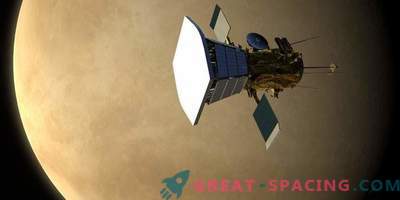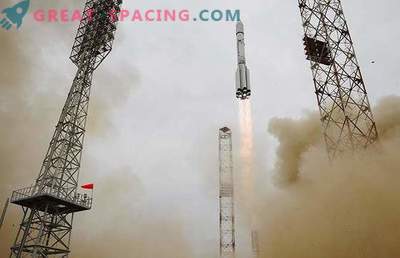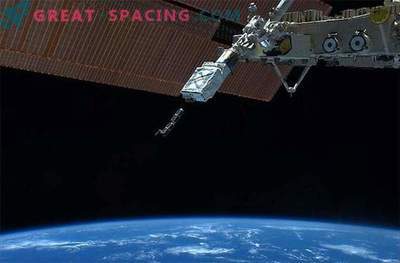
In the USSR, there was an advanced program “Venus” to study the second planet from the Sun. We even managed to make some successful landings and collect a lot of valuable data. Now Russia has a chance to launch the first Venus mission since the collapse of the Soviet Union.
Russian-American cooperation
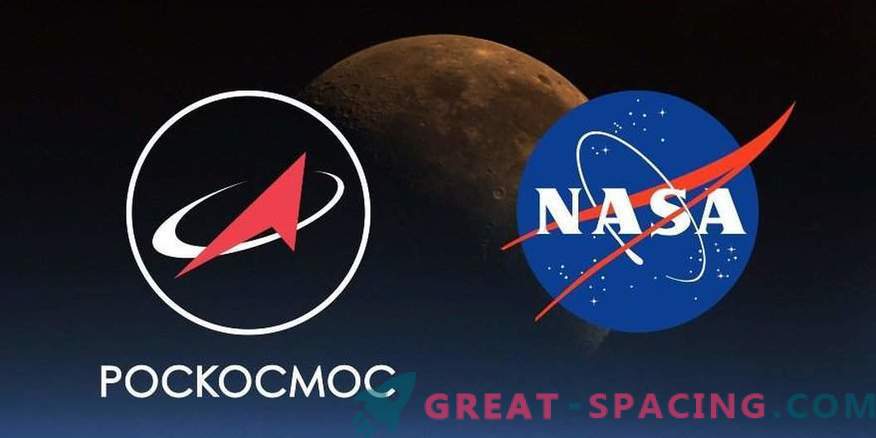
Initially, Russian scientists planned to send a mission to Jupiter to study the gas giant and its lunar family. However, there was a serious problem with financing. Therefore, a more accessible project appeared on the agenda - the study of Venus.
Although the Russian spacecraft is being prepared, the country is actively cooperating with the United States, since the necessary scientific equipment must come from the other side. The research project will resemble the actions of the American Magellan apparatus (revolved around the planet in 1990-1994).
Back in 2016, representatives of Roscosmos and NASA organized a meeting to discuss the details of the design of the mission. The project was called “Venus-D”, which means “long-lived”. Russia will have to provide a spacecraft (landing and orbital modules) and the Angara-A5 rocket for launch. Devices and 10 kg landing modules with a long lifespan will arrive from the USA.
When is the launch scheduled?

The scientific goals and a rough sketch of the future spacecraft were discussed in 2013. Then, due to problems with finding finance, the project was suspended and resumed several times. Recently, representatives of Roskosmos reported that the year 2026 is considered for the first launch date (the reserve years are the 2027th and 2029th). The Vostochny space center was chosen as a launch pad.
Now the project exists in the form of final drawings. Why does it take so long? Viktor Vorontsov, a professor at the Moscow Aviation Institute, will answer this. He says that 6-7 years to create a spacecraft is a common modern practice, especially if it is a large project. In the USSR, everything was ready in just a year or two, but now it is extremely difficult to find sources of financing. Moreover, if this problem is not solved urgently, the project runs the risk of stretching for 10 years or more.
Scientific value
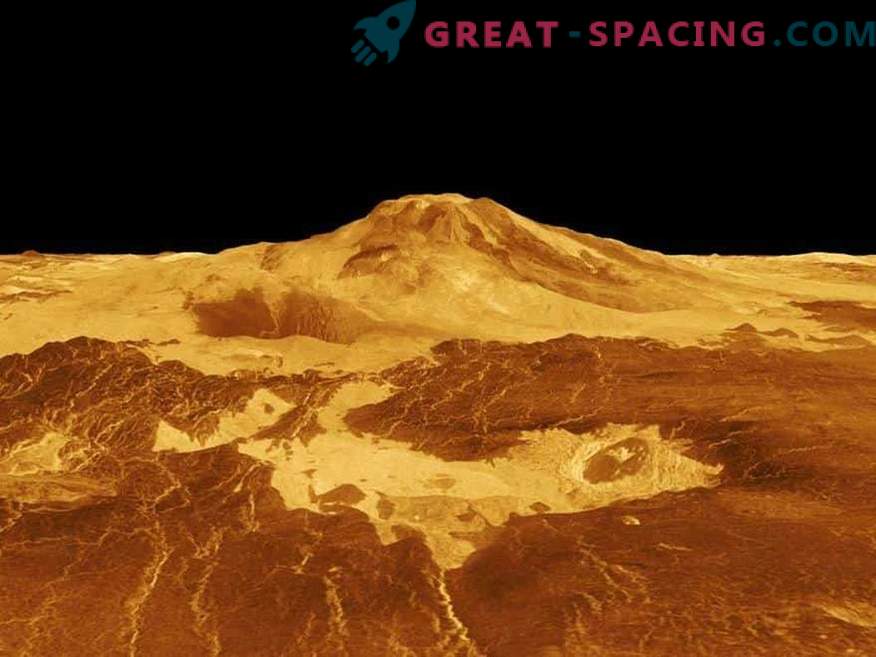
Three-dimensional perspective of Mount Maat volcano, obtained in the radar review of the Magellan mission
Scientists interested in the atmosphere and the surface of the planet. For the first research, they want to use small probes with a life expectancy of a thousand hours. They can be dispersed in different parts of the planet in order to more accurately understand the situation with the temperature regime. If you decide to use the balloon, you can get important information about the atmospheric composition. This will make it possible to understand how the Venusian surface lost its water supply and when it happened.
The Soviet apparatus managed to work a maximum of a few hours. But modern can exceed this period in a few days. During this time, it will turn out to collect a huge amount of not only photographic material, but also to get a rich information package. If a drifting probe is used, it will be able to transmit data to the Earth from a height of 45-50 km for about a month.
Postscript
Venus is still interested in scientists. It is important for them to understand its past and understand whether the Earth will not become its exact clone due to global warming. In addition, Venusian colonization projects are still being developed. Moreover, the target is not the surface, but a certain height in the atmosphere, where it is not so hot and the usual pressure is observed.
